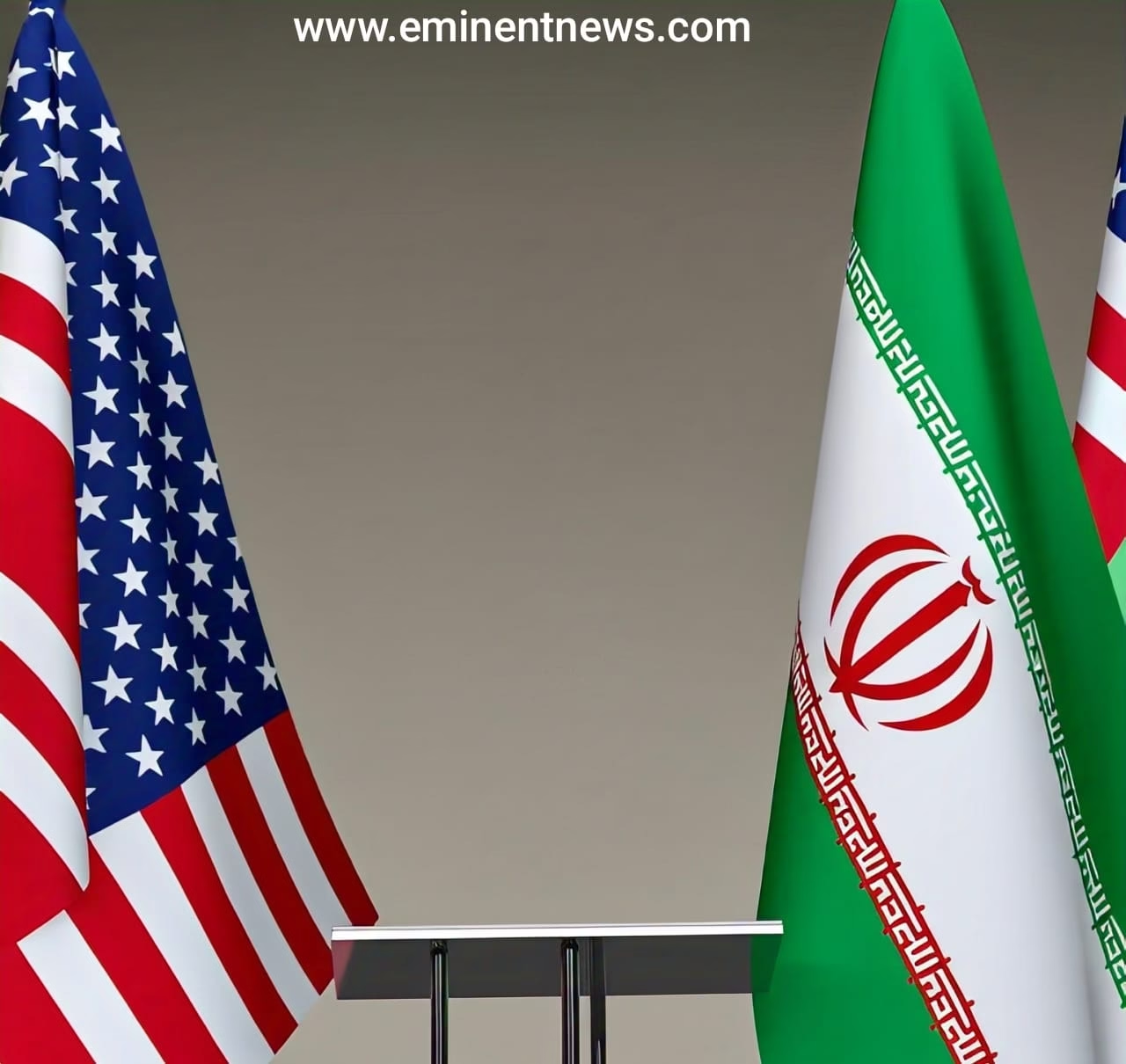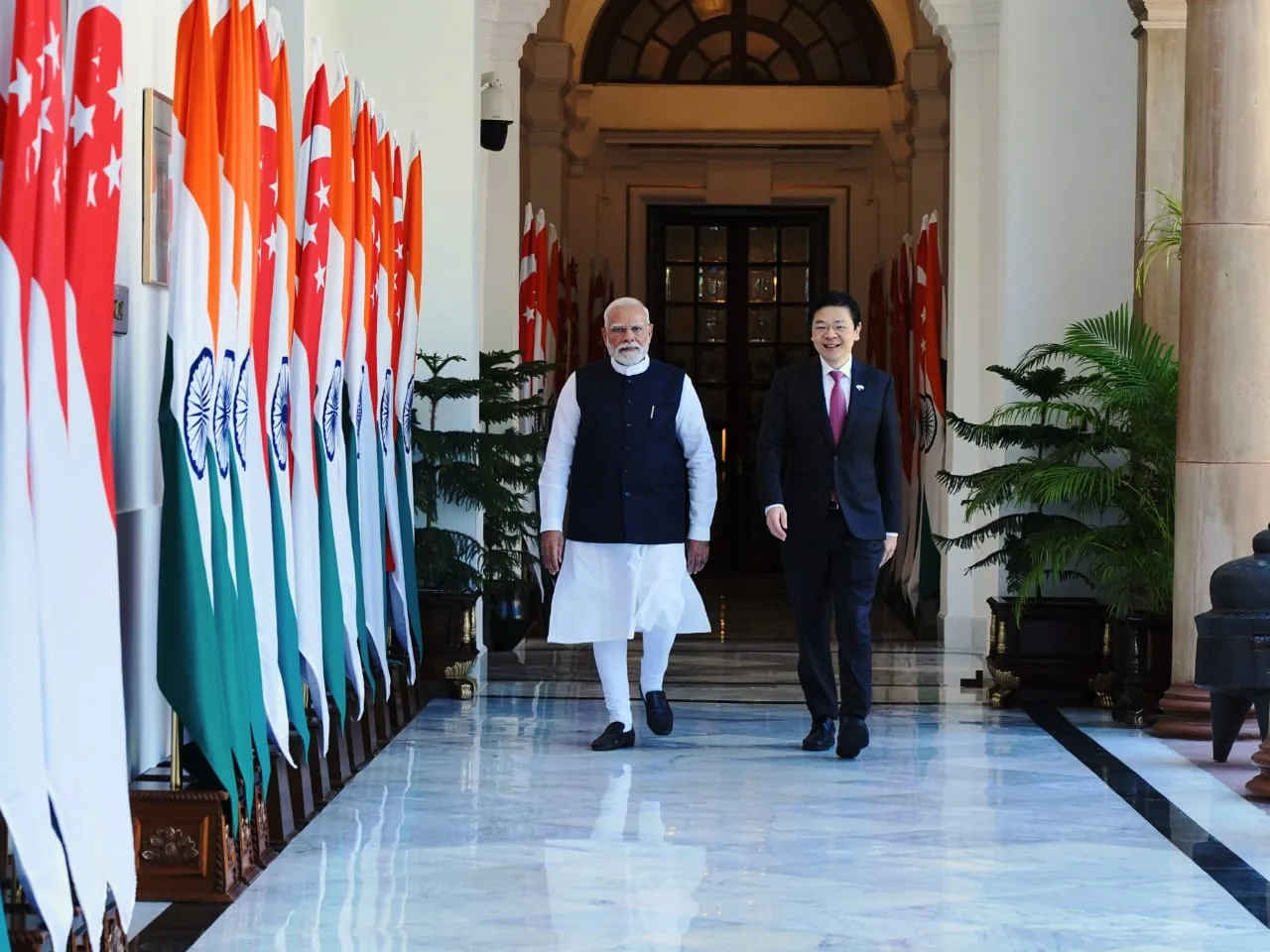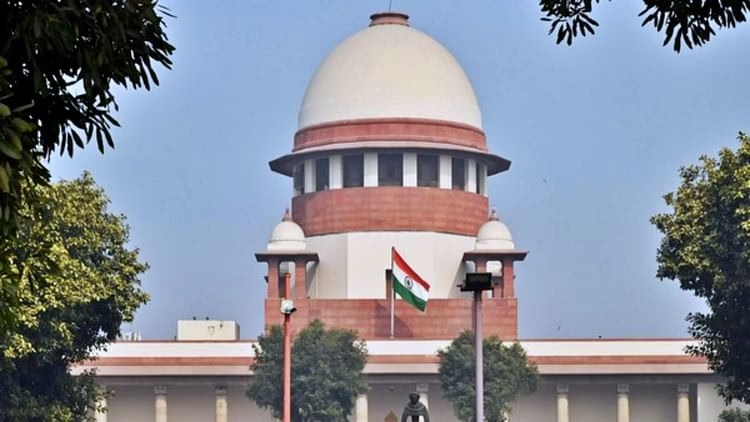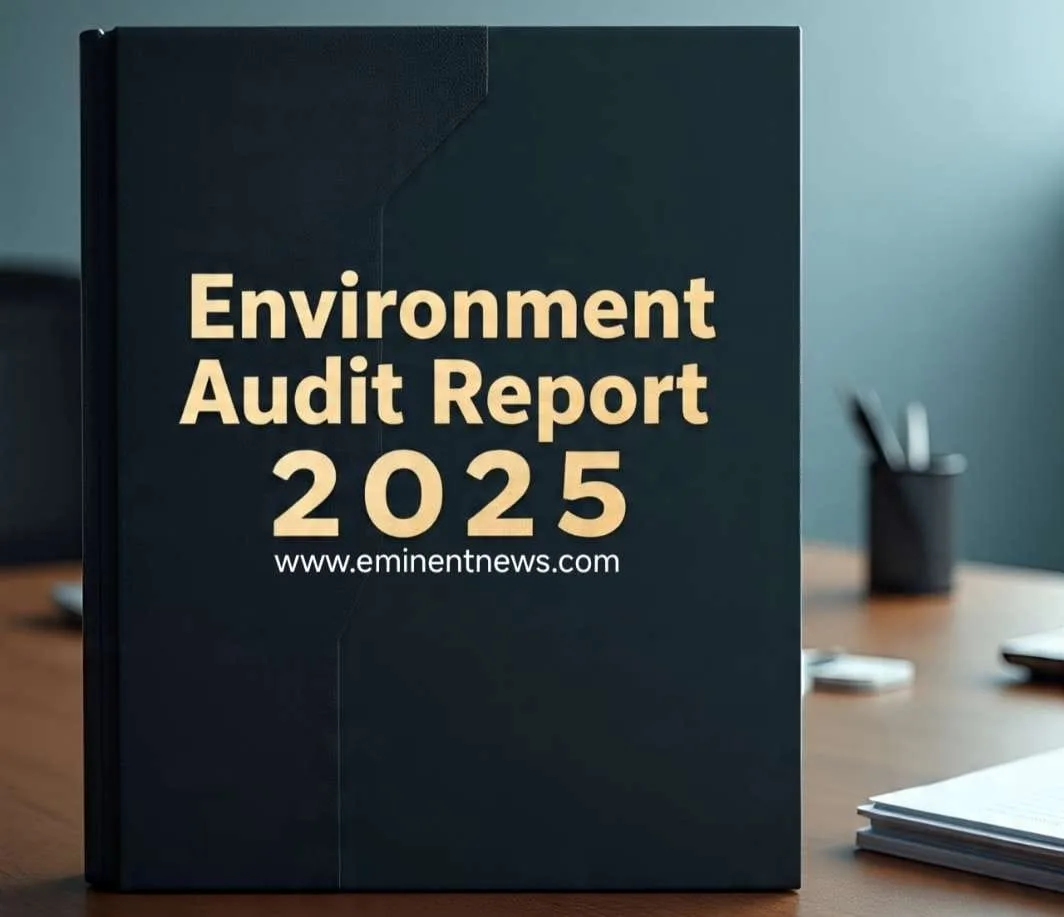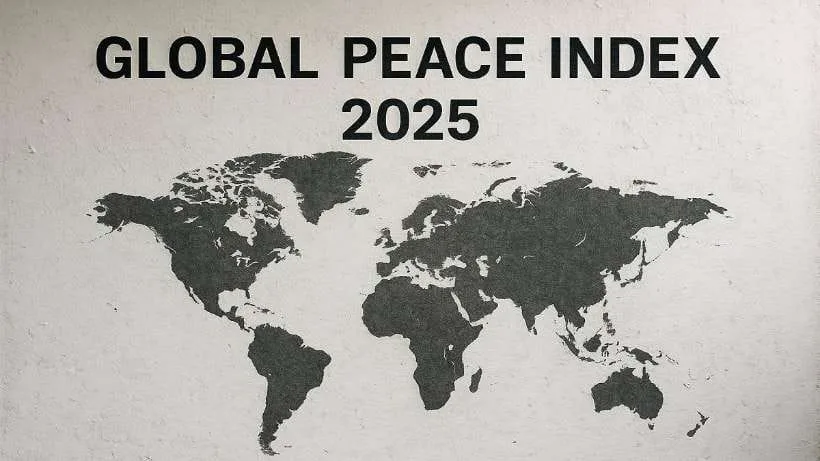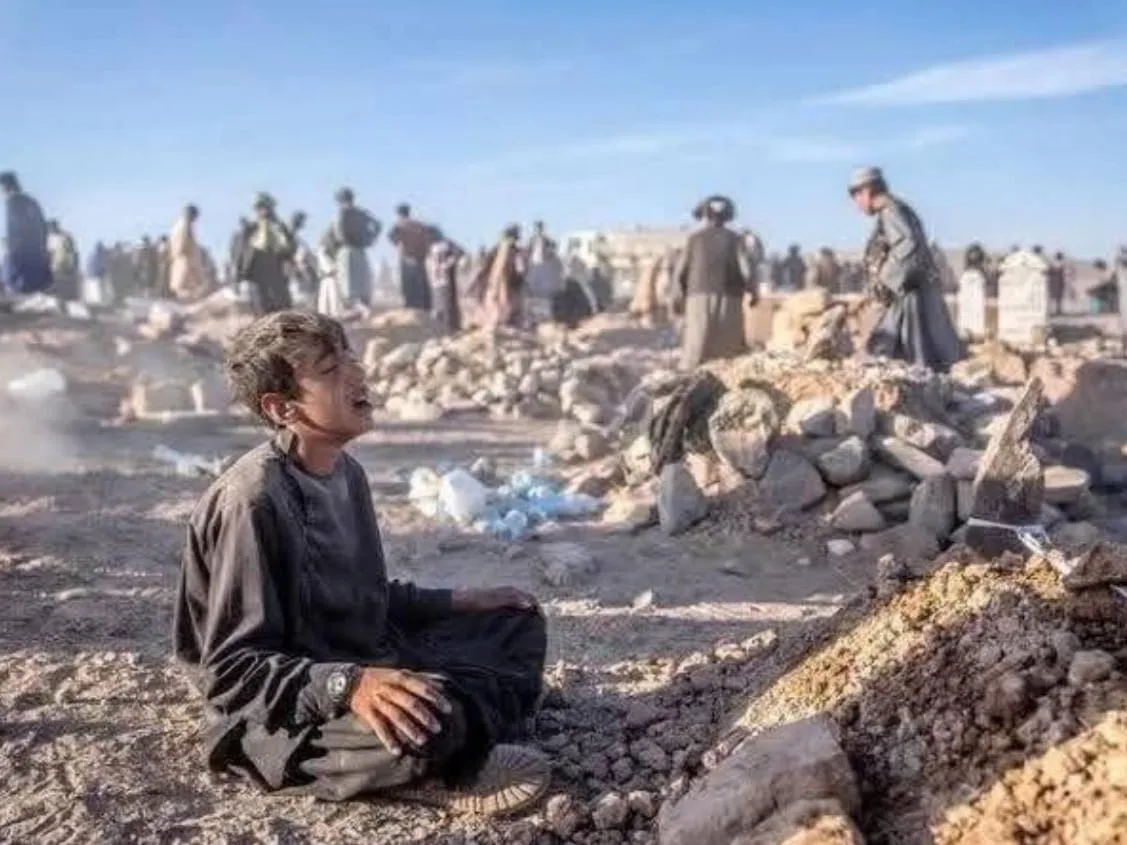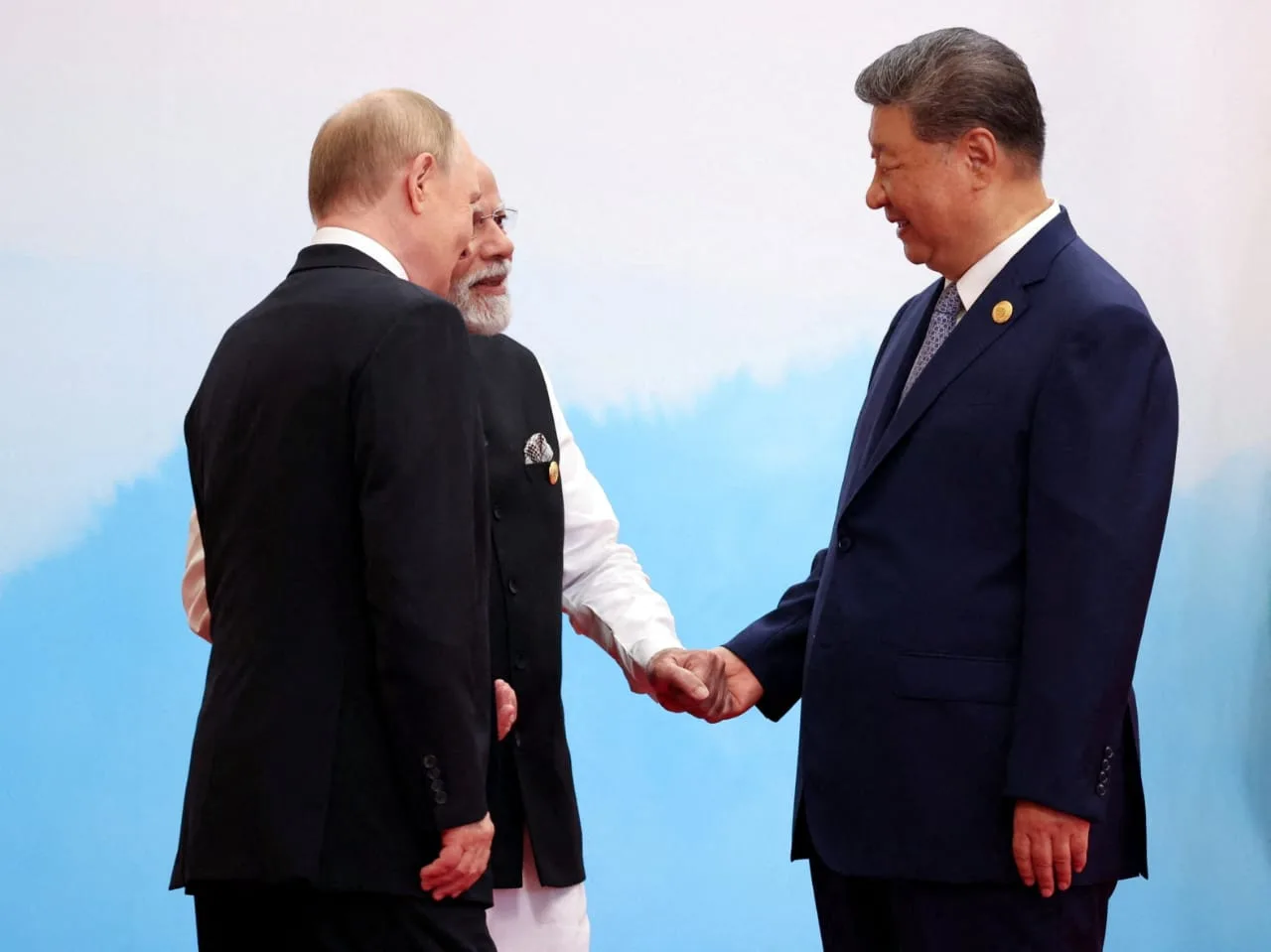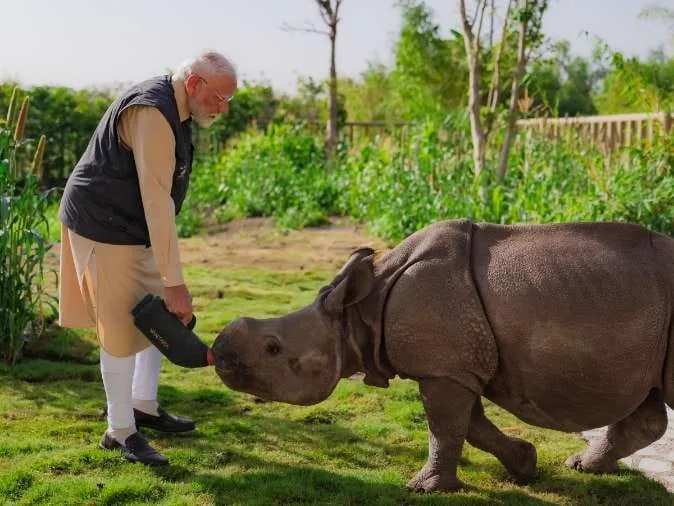The relationship between the United States and Iran is complex and has been fraught with tension for decades. The major issues shaping this relationship include Iran’s nuclear program, regional influence, and human rights record.
Key Issues in U.S.-Iran Relations:
- Nuclear Program:
- The primary concern for the U.S. and its allies is Iran’s nuclear program . The U.S. aims to prevent Iran from developing nuclear weapons .
- In 2015, Iran and world powers, including the U.S., reached the Joint Comprehensive Plan of Action (JCPOA), which limited Iran’s nuclear activities in exchange for sanctions relief .
- However, the U.S. withdrew from the JCPOA in 2018 under President Trump and reimposed sanctions . Iran then resumed its nuclear activities, enriching uranium to near weapons-grade levels .
- As of April 2025, negotiations are ongoing to revive the JCPOA or reach a new agreement . The U.S. is seeking the complete dismantling of Iran’s nuclear program .
- Regional Influence:
- The U.S. is concerned about Iran’s influence in the Middle East, particularly its support for regional proxies and its involvement in conflicts in Syria, Iraq, Lebanon, and Yemen .
- Iran’s actions in the region are seen as destabilizing and a threat to U.S. allies .
- Human Rights:
- The U.S. has consistently criticized Iran’s human rights record, citing concerns about political repression, restrictions on freedom of expression, and the treatment of minorities .
- Sanctions:
- The U.S. has imposed various sanctions on Iran, targeting its energy, financial, and military sectors .
- These sanctions aim to pressure Iran to change its behavior regarding its nuclear program, regional activities, and human rights record .
- Direct Negotiations:
- Direct talks between the U.S. and Iran are rare but have occurred . Oman has often served as a mediator .
- As of April 2025, the U.S. and Iran held nuclear talks in Muscat, Oman . Both sides have expressed a willingness to reach an agreement but significant obstacles remain .
Current Situation (April 2025):
- The U.S. and Iran are engaged in indirect negotiations, mediated by Oman, to discuss a new nuclear deal .
- The U.S. is seeking the complete dismantling of Iran’s nuclear program . Iran has stated that it will not agree to completely dismantle its nuclear program .
- Senior Iranian officials remain concerned about potential U.S. or Israeli strikes on Iran .
U.S. Policy and Stance:
- The U.S. aims to prevent Iran from acquiring nuclear weapons and to address its destabilizing behavior in the region .
- The U.S. is using a combination of diplomacy and pressure to achieve its objectives .
- The U.S. is open to finding compromise with Iran but has stressed that preventing Iranian weaponization is a red line .
In summary, the U.S.-Iran relationship is characterized by deep-seated tensions and disagreements over Iran’s nuclear program, regional influence, and human rights record. While negotiations continue, significant obstacles remain in reaching a lasting resolution.
Current state of U.S.-Iran relations:
Several key events have shaped the current state of U.S.-Iran relations:
- 1979 Islamic Revolution: This event led to the overthrow of the U.S.-backed Shah and the establishment of an Islamic Republic, fundamentally altering the relationship .
- 2015 JCPOA: The Joint Comprehensive Plan of Action (JCPOA) was a nuclear agreement that temporarily eased tensions by limiting Iran’s nuclear program in exchange for sanctions relief .
- 2018 U.S. Withdrawal from JCPOA: President Trump’s decision to withdraw the U.S. from the JCPOA and reinstate sanctions sharply escalated tensions . This led Iran to gradually reduce its compliance with the agreement and increase its nuclear activities .
- Ongoing Negotiations: Despite the tensions, there have been ongoing negotiations, often indirect, to revive the JCPOA or reach a new agreement. These talks aim to address concerns about Iran’s nuclear program and regional activities .
- U.S. Military Actions Against Iran-Backed Houthis: Hostilities, including US military actions against Iran-backed Houthis, have occurred .
- China’s trade retaliation: In response to Trump’s levies, Beijing raised tariffs on U.S. goods to 125 percent .
- Assassination of Qassem Soleimani: The killing of Iran’s top general by the U.S. in January 2020 deepened Iranian distrust and resentment toward Trump, hardening diplomatic resistance .
- Recent Tensions and Talks (2025): In April 2025, despite a history of hostility, the U.S. and Iran engaged in unexpected nuclear talks in Oman, signaling a potential shift in dynamics . However, disagreements persist, particularly regarding the scope and terms of any new agreement .

